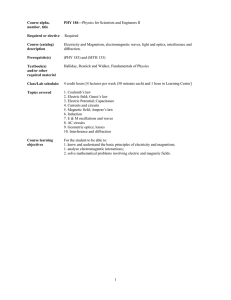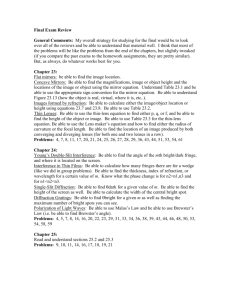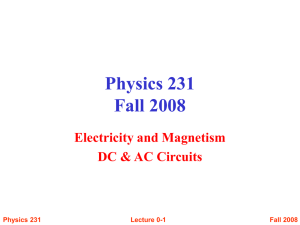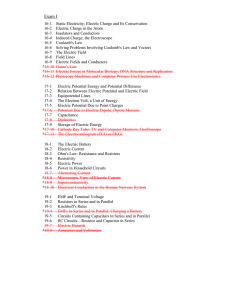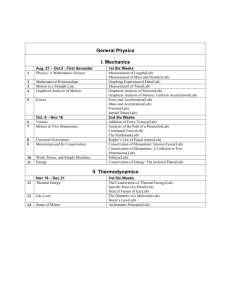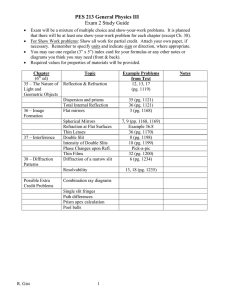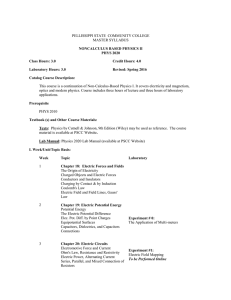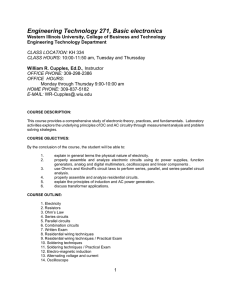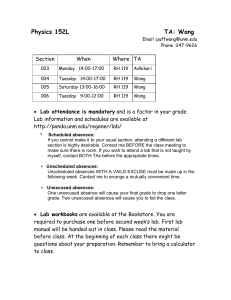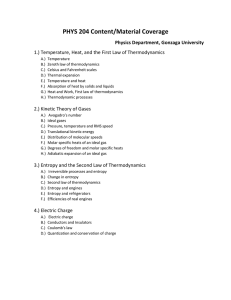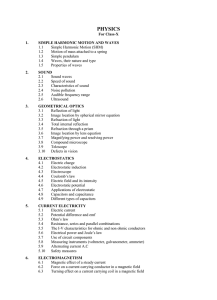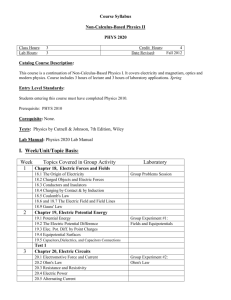PHYS162_June1999 - Heartland Community College
advertisement
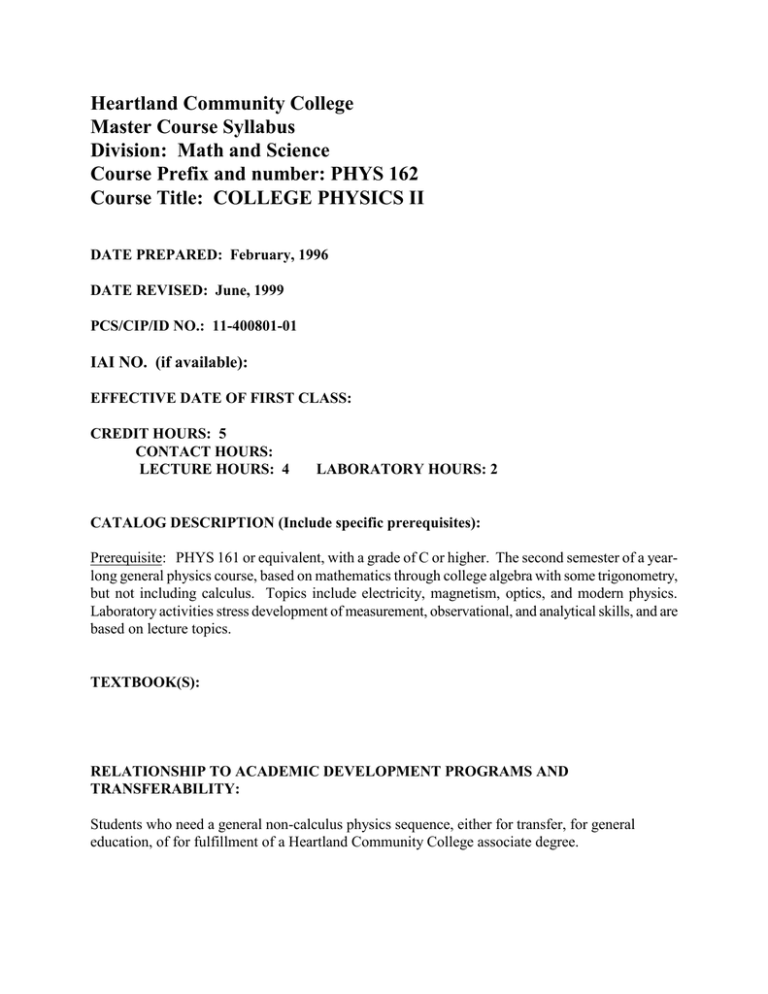
Heartland Community College Master Course Syllabus Division: Math and Science Course Prefix and number: PHYS 162 Course Title: COLLEGE PHYSICS II DATE PREPARED: February, 1996 DATE REVISED: June, 1999 PCS/CIP/ID NO.: 11-400801-01 IAI NO. (if available): EFFECTIVE DATE OF FIRST CLASS: CREDIT HOURS: 5 CONTACT HOURS: LECTURE HOURS: 4 LABORATORY HOURS: 2 CATALOG DESCRIPTION (Include specific prerequisites): Prerequisite: PHYS 161 or equivalent, with a grade of C or higher. The second semester of a yearlong general physics course, based on mathematics through college algebra with some trigonometry, but not including calculus. Topics include electricity, magnetism, optics, and modern physics. Laboratory activities stress development of measurement, observational, and analytical skills, and are based on lecture topics. TEXTBOOK(S): RELATIONSHIP TO ACADEMIC DEVELOPMENT PROGRAMS AND TRANSFERABILITY: Students who need a general non-calculus physics sequence, either for transfer, for general education, of for fulfillment of a Heartland Community College associate degree. COURSE OBJECTIVES (Learning Outcomes): By the end of the second semester, students will have further increased their skills in problem solving and scientific reasoning, and will have developed stronger laboratory skills in measurement and data analysis. Students will also have developed increased understanding of the nature of science and application of scientific reasoning and analysis by working with problems involving these physics topics. 1. 2. 3. 4. 5. Electric charges, and calculation of electric forces, fields, and potentials. (P1, 3, 5, 6, 8) Origin of magnetic fields, and calculation of magnetic fields for given current distributions. (P1, 3, 5, 6, 8) Optical properties of lenses and mirrors. Optical phenomena related to reflection, refraction, interference and diffraction of lights. (P1, 3, 5, 6, 8) Introductory quantum mechanics and related topics in modern physics. (P1, 3, 5, 6, 8) Perhaps the most important skill stressed in this course is the development of physics problem solving skills. To that end, problem solving is emphasized in lecture, homework assignments, and in examinations. Students will not only analyze physical situations but also describe their method of attack and their solution clearly in writing. Lab reports will be judged not only on the basis of their content and analysis, but also on the clarity of the written description of the work and the results. (C1, 3, P4, 7) COURSE OUTLINE: Unit Unit Unit Unit Unit Unit Unit Unit Unit Unit Unit Unit Unit Unit Unit 1: 2: 3: 4: 5: 6: 7: 8: 9: 10: 11: 12: 13: 14: 15: Electric charges, forces, and fields Gauss’ Law; electrical energy; capacitors Current and resistance DC circuits; Ohm’s Law Kirchhoff’s Rules; resistors in combinations; RC circuits Magnetism; origin of magnetic forces; forces between currents Induced voltages and inductance AC circuits; analysis of RLC circuits Electromagnetic waves Reflection and refraction of light Mirrors and lenses Wave optics; diffraction and interference Optical instruments Relativity Quantum mechanics and atomic physics LAB OUTLINE: Lab Lab Lab Lab Lab Lab Lab Lab Lab Lab Lab Lab 1: 2: 3: 4: 5: 6: 7: 8: 9: 10: 11: 12: Introduction; electric charges Electroscopes; charging by conduction and induction Equipotentials and electric fields Ohm’s Law Resistivity and resistance Magnetic field mapping Induction Electromagnetic spectrum Reflection and refraction Focal length of mirrors and lenses Lasers; interference Diffraction gratings METHOD OF EVALUATION (Tests/Exams, Grading System): Four exams, including a comprehensive final. Homework problems, assigned weekly. Lab work (including written reports). REQUIRED WRITING AND READING: Good writing skills are essential for expressing scientific conclusions clearly and intelligibly. Student writing will be considered in assigning credit for lab reports and exams. Term papers will not be required. Reading assignments from the required text will be made weekly. In general, students should have read the assignment in advance of the lecture.
